By Eric T. Baker
Two games of very similar subject matter are on tap this month. Eidos Interactive’s Imperial Glory, and CDV Software’s Cossacks II. Both games are realistic looks at warfare in the Napoleonic Age. Both games let players take the roles of heads of state, generals, and (in the case of IG) admirals to refight some of the greatest battles in history.
Visually, IG is the more compelling game. Fully 3D, it is lavishly in animated with historically correct units, uniforms, equipment, buildings, and backgrounds. Combat occurs on up to 50 different battle maps including the English countryside, Russian tundra, and Moroccan desert. In the naval battles, the ships are fully animated, as are the crews that man them.
Battles can be fought alone, out of any context, or be played as part of the game’s turn based, strategic level simulation mode that lets the player choose not only what sort of national ruler they want to be, but also lets them emphasize economic, diplomatic or scientific avenues to world conquest.
There are five different playable empires in IG: Great Britain, France, Russia, Prussia, or Austria-Hungary. Each has its own strengths and weaknesses that players can address as the campaign continues. The strategic map divides Europe and North Africa into 51 provinces and 29 maritime regions, so there is plenty of real estate for the powers to contend over. Players can play the strategic game, the battles, or both against the computer’s AI. The game supports play with up to three other friends.
Cossacks II: Napoleonic Wars, despite it’s lack of a naval component, is the more detailed, if less visually arresting of the two games. CII’s graphics are a 2D and 3D hybrid that takes a little getting used to, but one of the gains from the simpler graphics is that up to 60,000 images can be involved in a battle (if not all displayed at the same time), meaning that battles in CII are closer, at least number of units on the battlefield, to the real, historical battles than any other real time strategy game on the market.
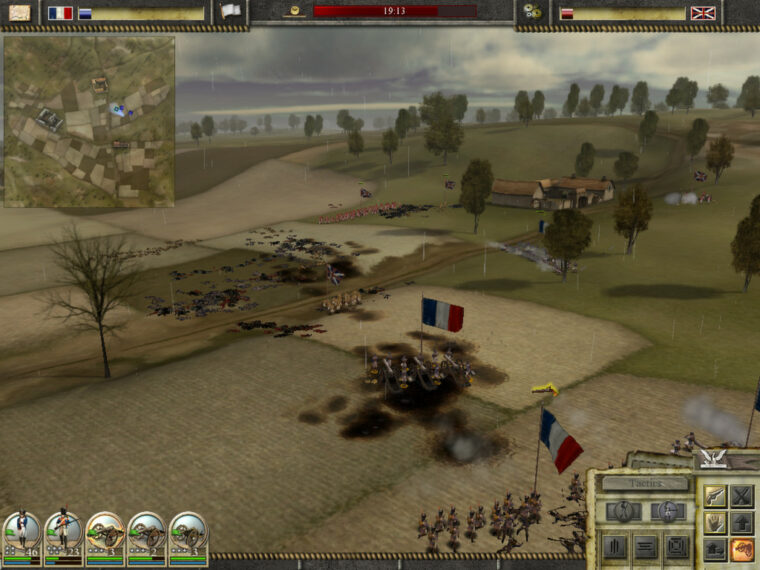
In CII, players can take the role of one of six nations: France, Britain, Austria, Russia, Prussia, or Egypt. As with IG, each nation has its own strengths and weaknesses, both in the strategic and tactical portions of the game. The tactical portion emphasizes the importance of combat formations and their decisive role on the battlefields of the era. The game also models the many types of troops along with variables such as: morale, fatigue, experience, the fortunes of war, and, of course, terrain.
On the strategic level, players have to not only conquer and defend their conquests, but also govern what they control. Towns and provinces have their own infrastructures, and roads are used as the economic lifelines of countries. The game allows players to attack these lines of supply and commerce as well as fight armies in the field. CII has a multiplayer mode where players can contest imaginary, balanced, or historically accurate scenarios.
Included in CII’s greater detail is a large amount of historical background that is passed on to the player during the campaigns. Situations are presented in historical context with their historical resolution. Cutscenes, along with text before missions, allows players to better put the subject matter into historical context.
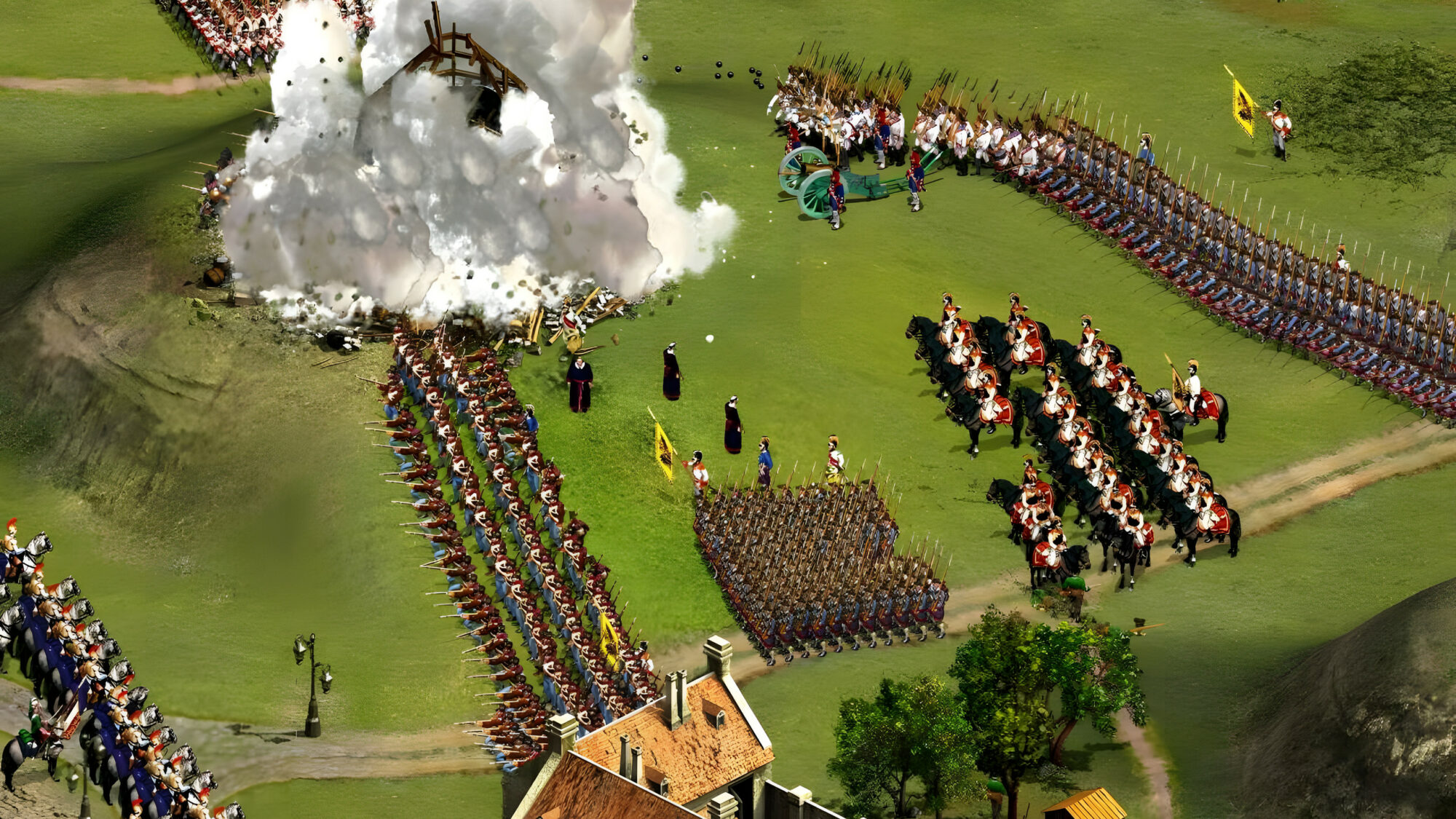
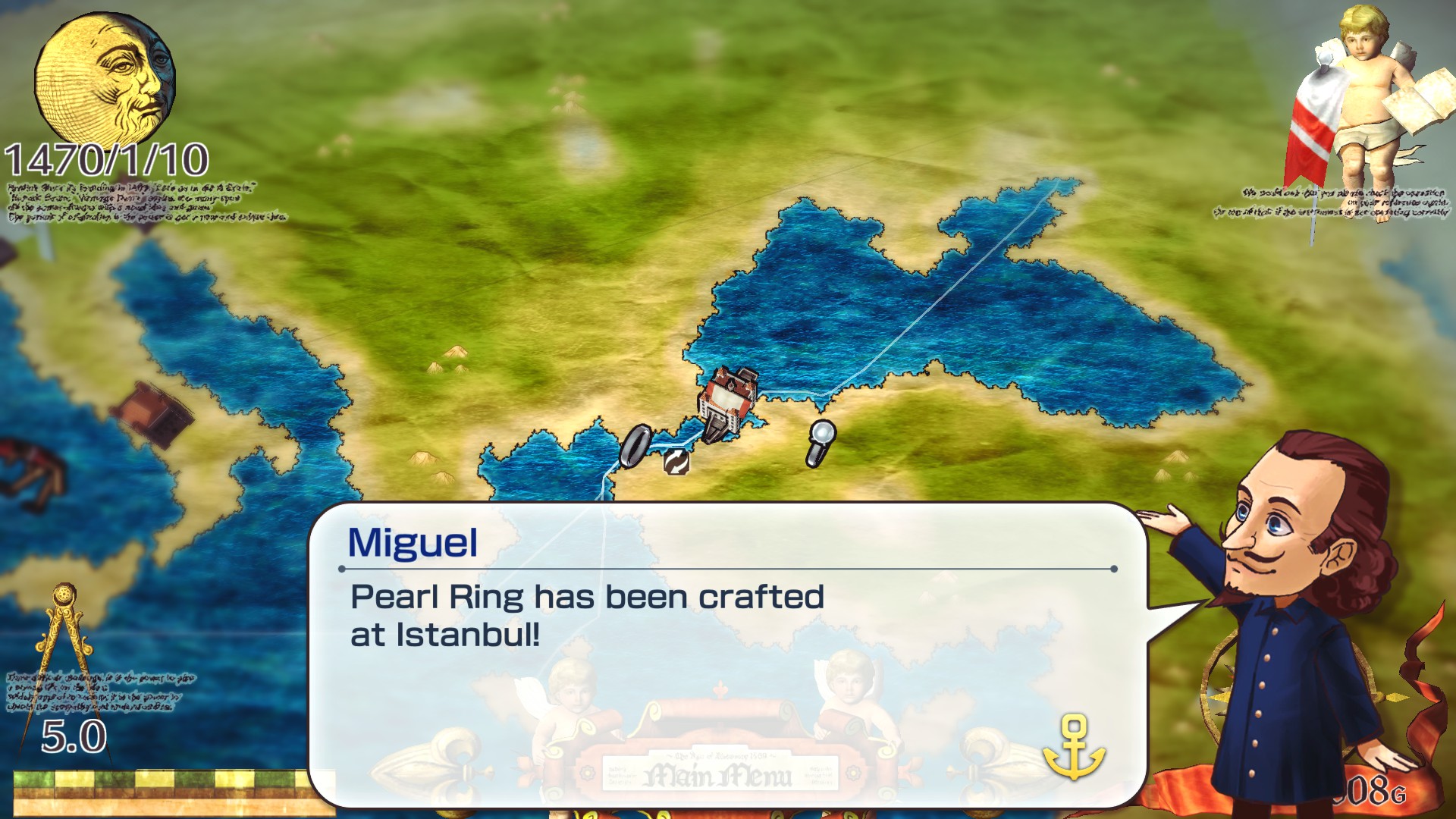
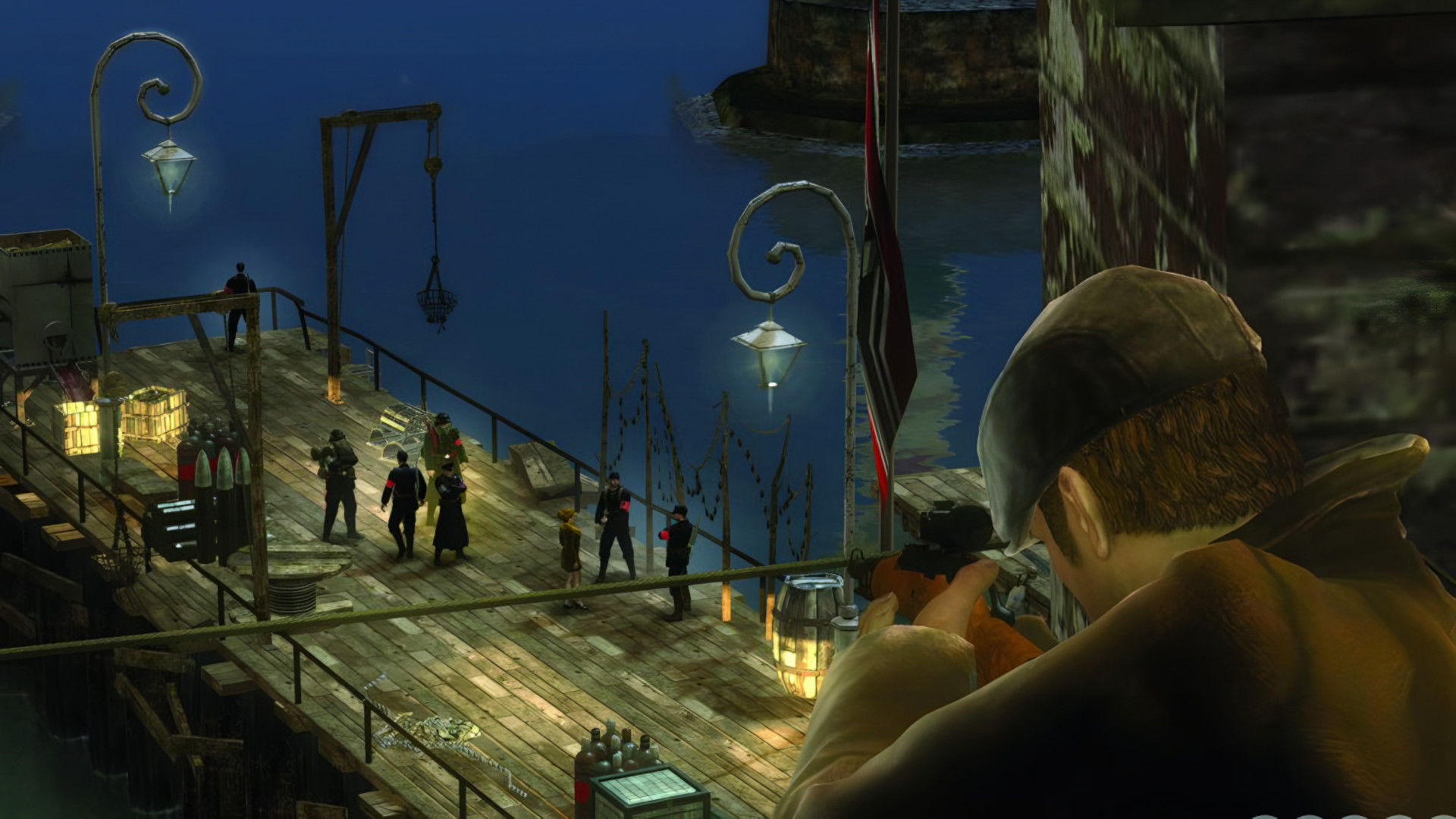
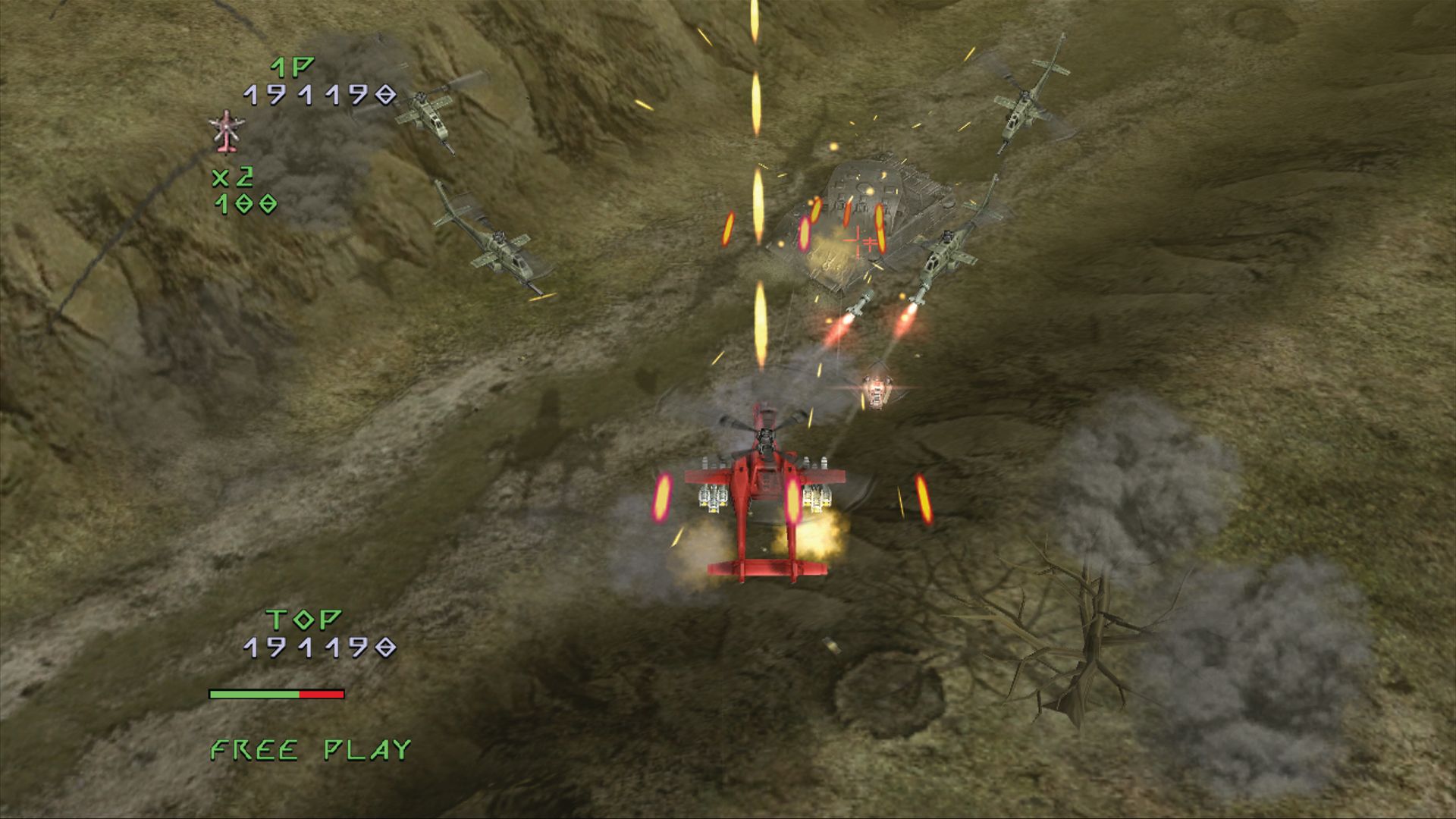
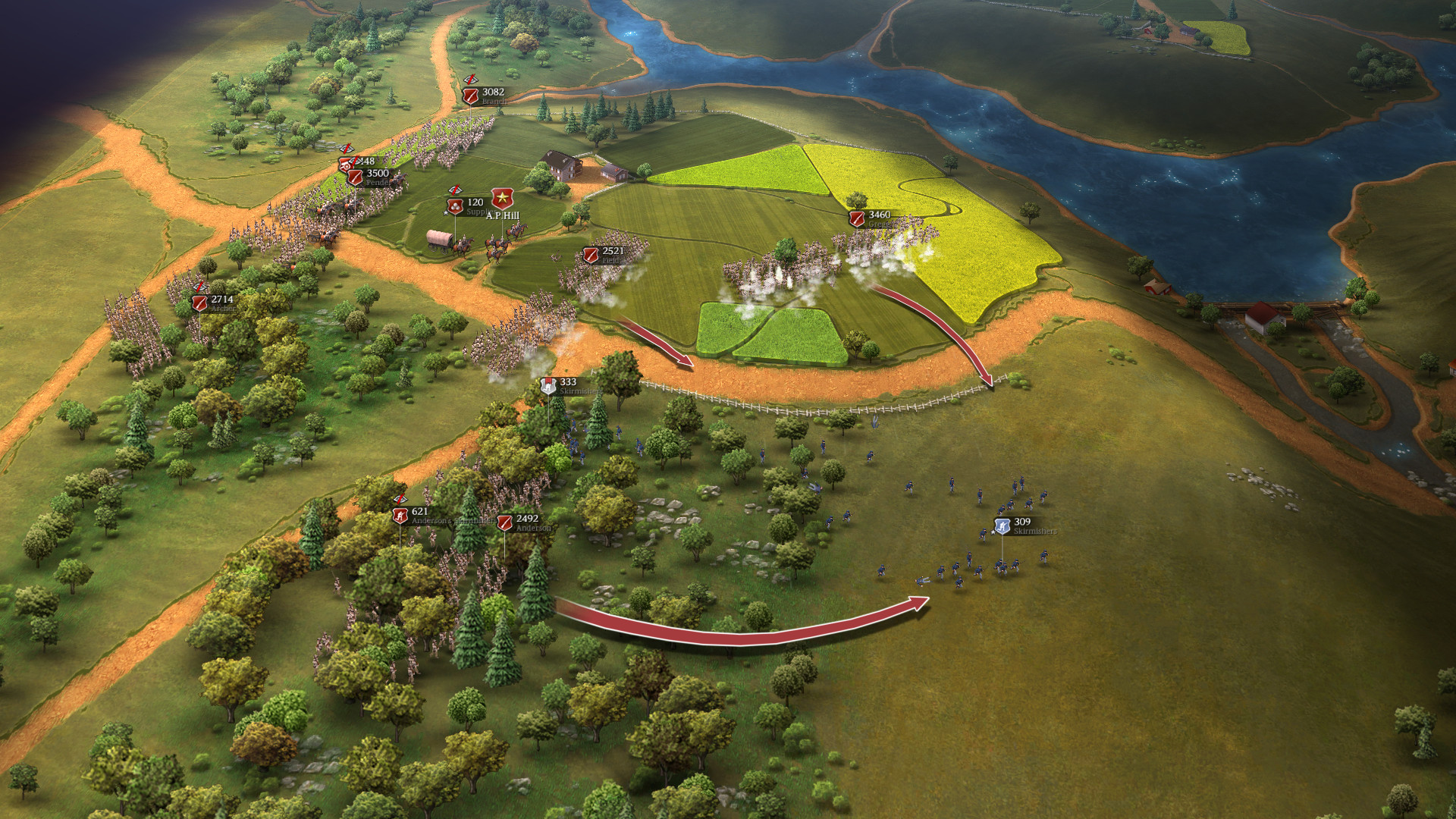
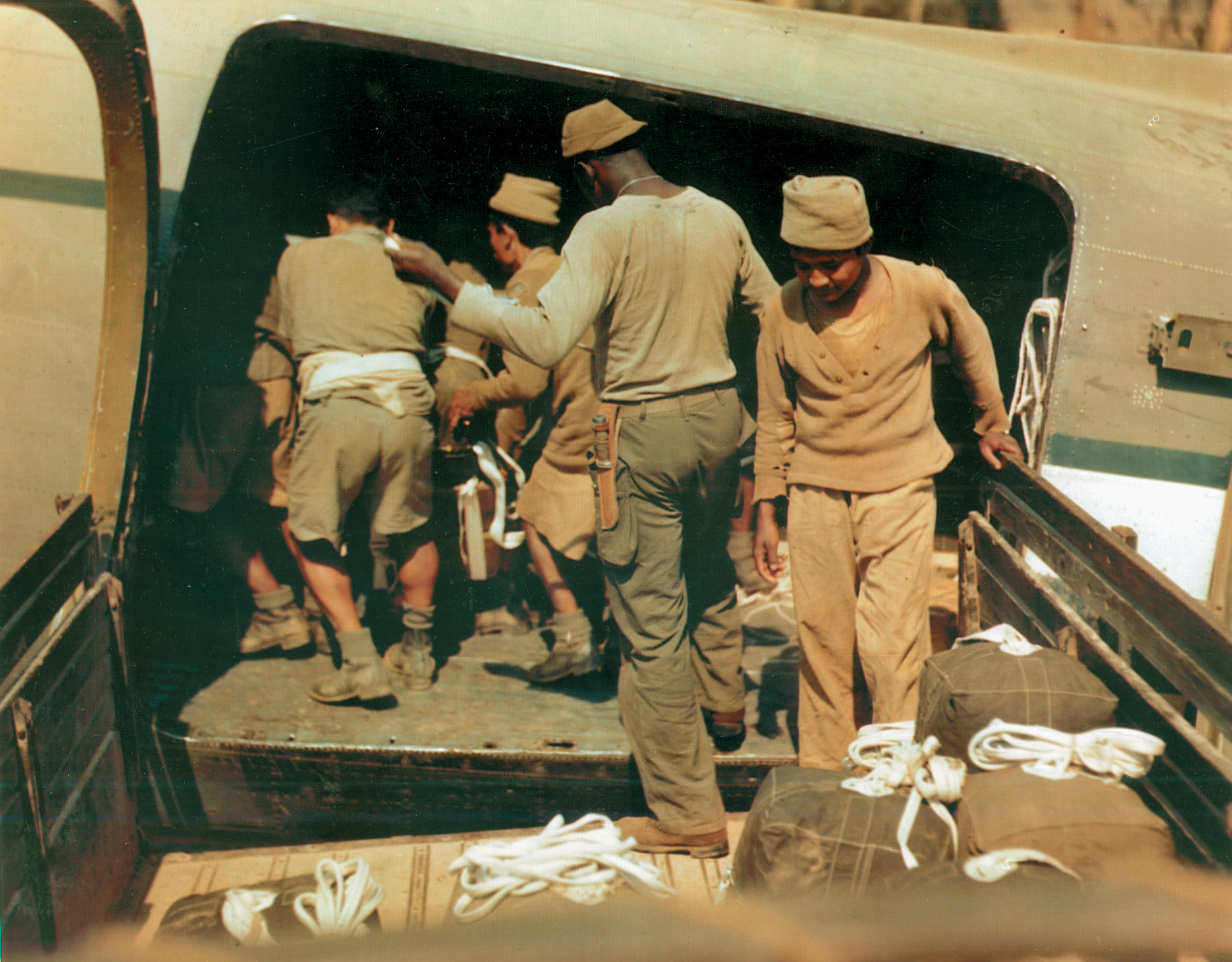
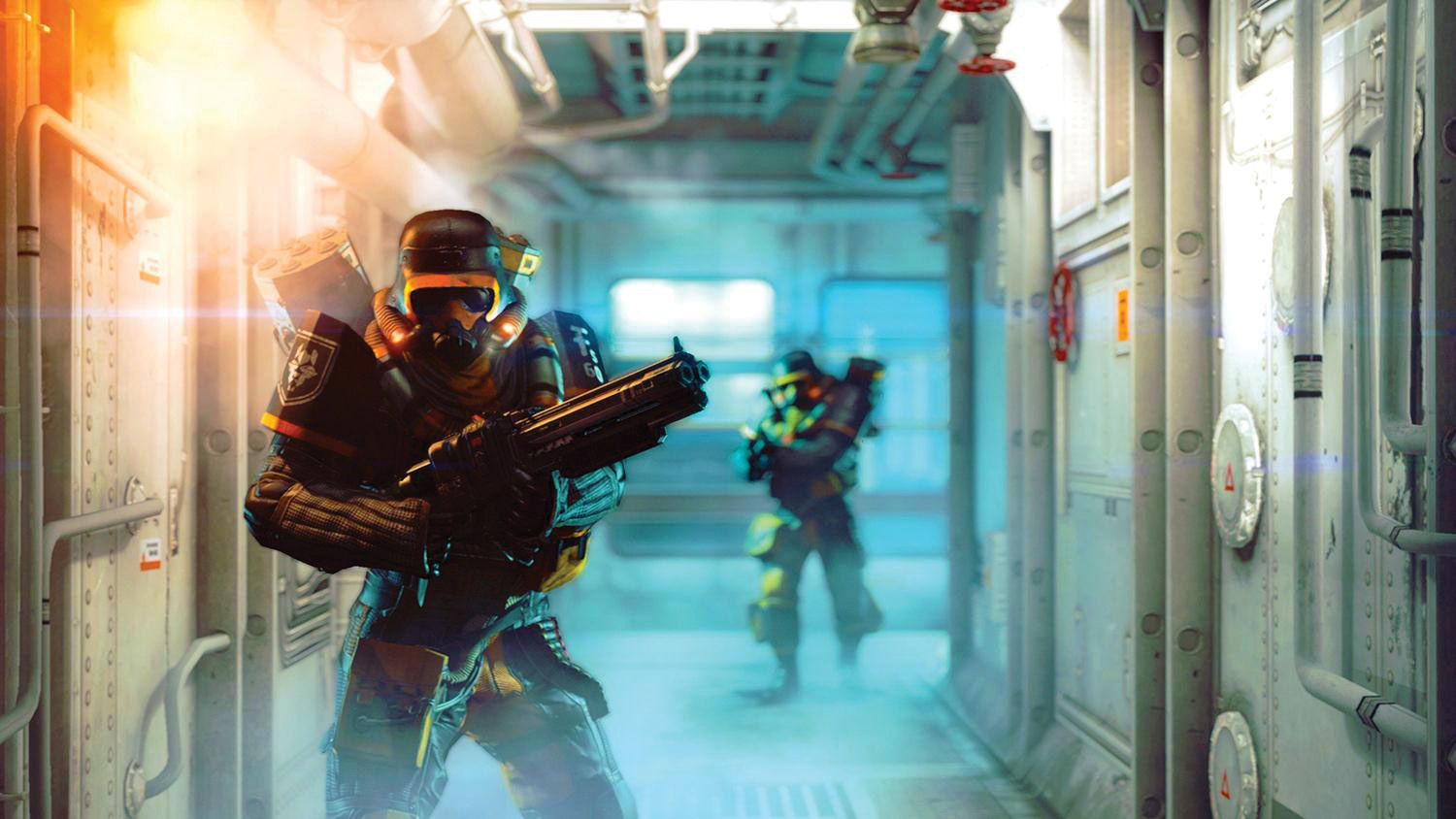
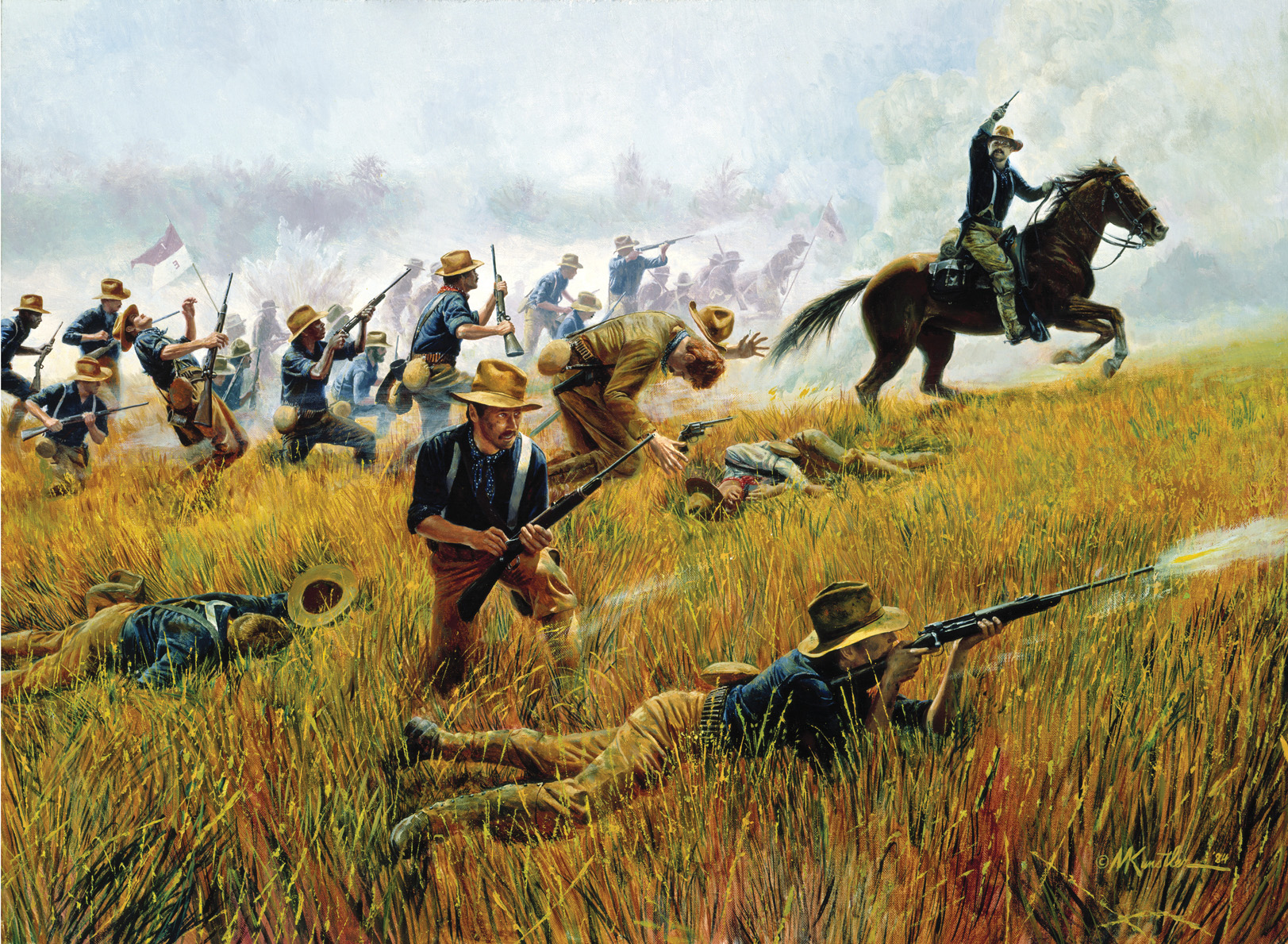
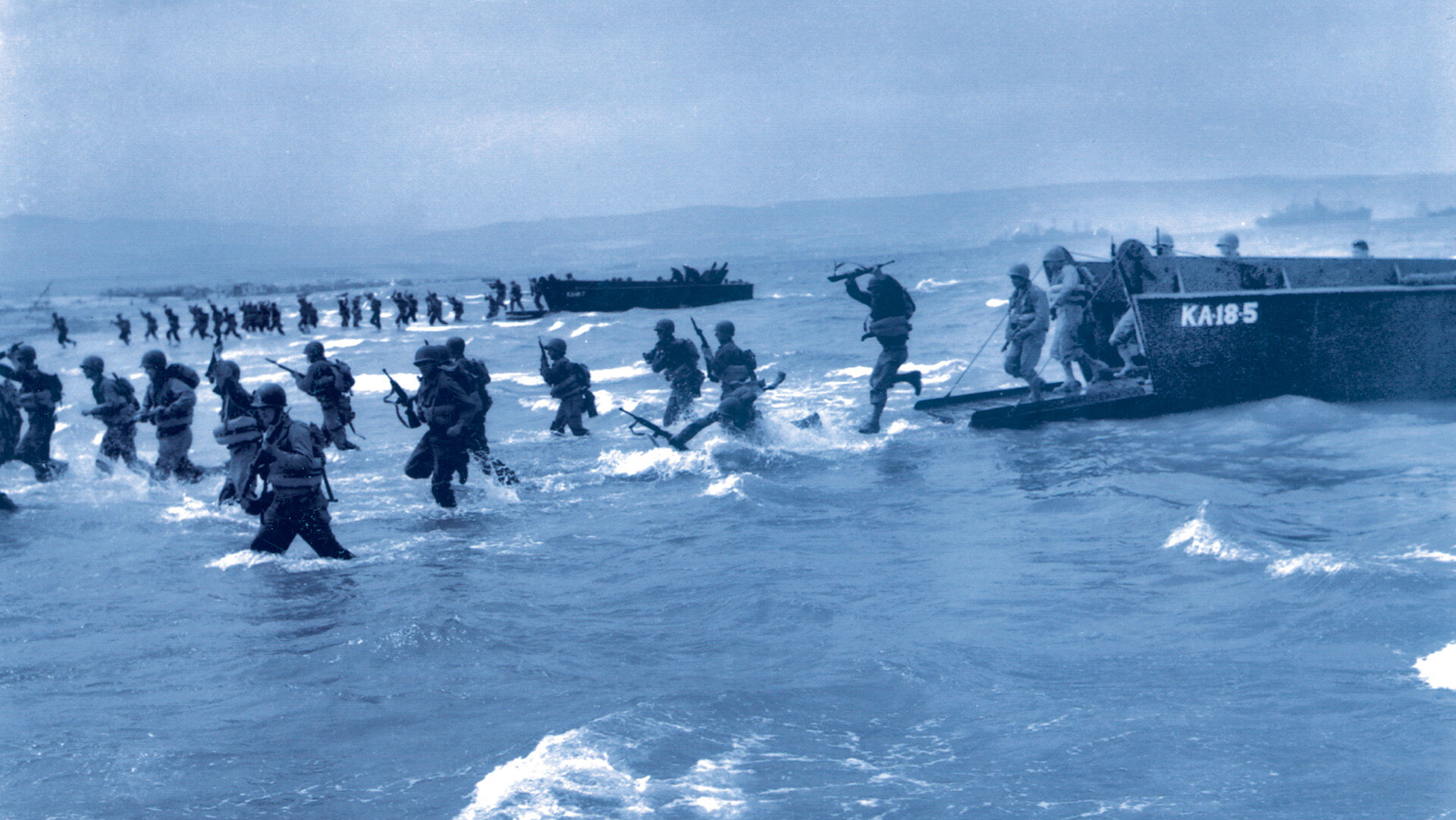
Join The Conversation
Comments
View All Comments